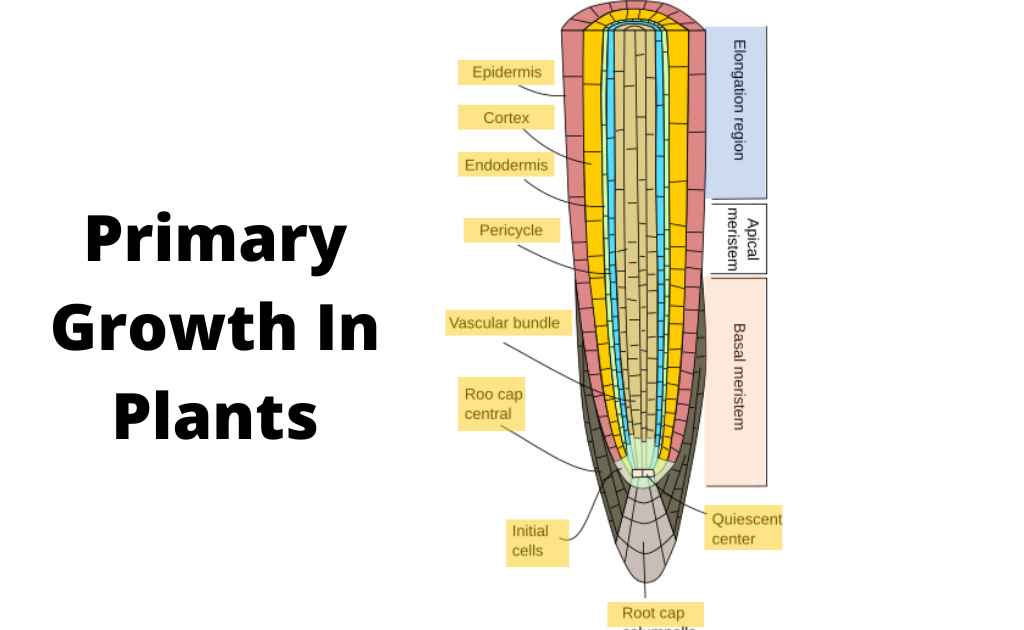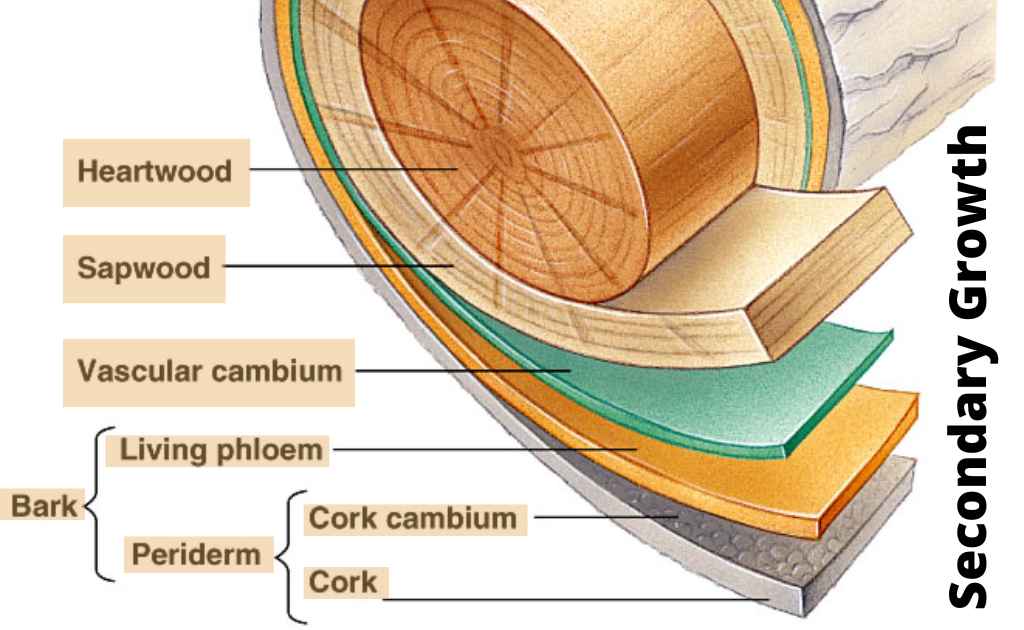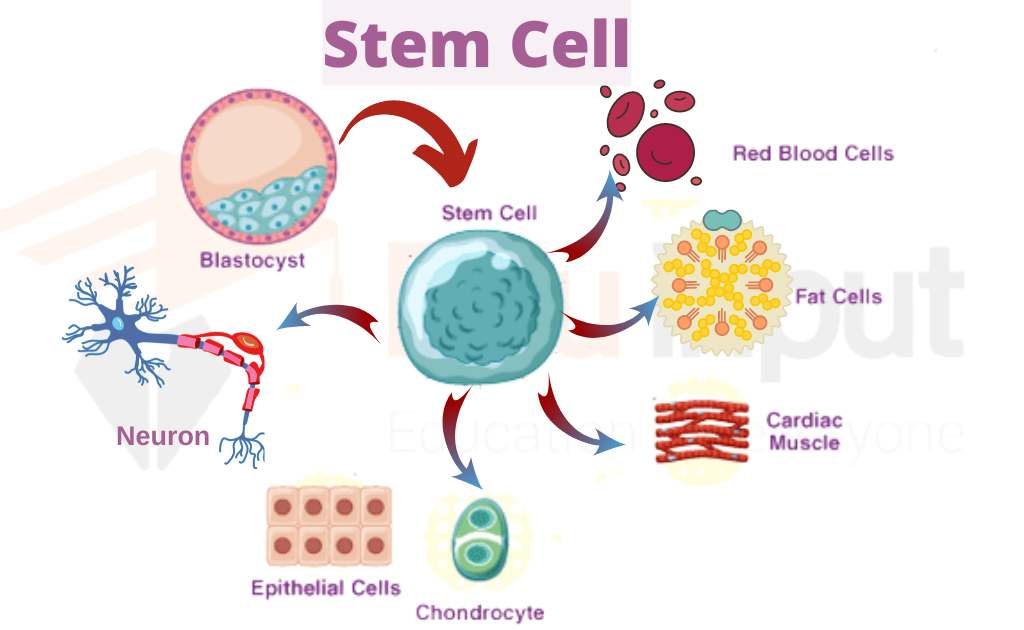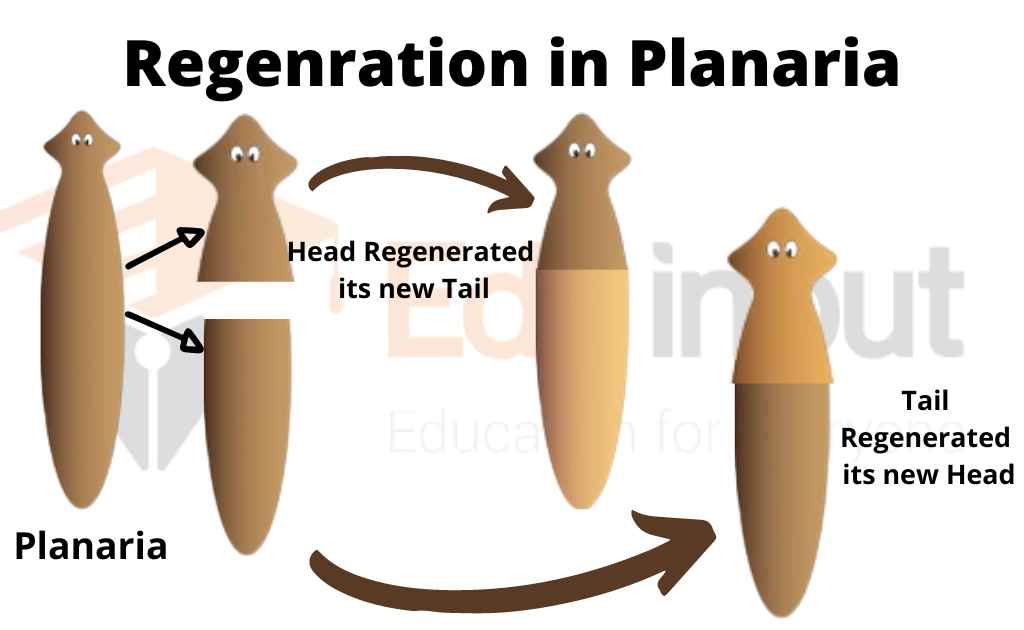Primary and Secondary Growth in Plants
Primary growth is growth from the r
oots and shoot tips, which increases height and length. The increase in shoot and root length is called primary growth.
The growth of shoots and roots during primary growth enables the plant to constantly seek water (through roots) or sunlight (through buds). The effect of terminal buds on overall plant growth is called apical dominance, which reduces the growth of axillary buds that form on the sides of branches and stems.

The plant life cycle consists of four stages;
• Seed
• Sprout
• Small plant
• Adult plant
When the seed gets planted into the soil with water and sun, then it will start to grow into a small sprout. As a result of primary growth, it lengthens roots and shoots which helps them to absorb water and sunlight. And secondary growth makes it an adult plant.
Secondary Growth
An increase in plant girth due to the activity of vascular cambium is called secondary growth. Secondary growth refers to the increase in size or thickness of a plant after its initial growth phase has ended. Secondary growth occurs during the maturation stage of plant development, which usually takes place after flowering.
In trees, secondary growth occurs at the trunk, branches, roots, and leaves. The apical meristem produces embryonic or primary tissues. After this, the stems and roots become thick by secondary growth. The secondary growth is plants like trees most evident in woody perennial shrubs and vine. Secondary growth occurs due to cell division in vascular cambium and cork cambium.

Vascular Cambium
The cylinder of actively dividing cells between the primary xylem and primary phloem is called vascular cambium. Vascular cambium gives rise to two new tissues:
(a) Secondary xylem: It appears next to the inner surface of the vascular cambium.
(b) Secondary phloem: It appears on the outer surface of the vascular cambium.
Annual Rings
Most of the stem girth increase due to secondary xylem. The vascular cambium of the woody plants produces layers of secondary xylem each year. So the stem gets thicker and thicker. These layers are visible as rings.
The number of rings at the base of the cut trunk gives the age of the tree. The outer or younger portion of the secondary xylem in most trees gets a limited supply of water and dissolved substance. So they become inactive with the age of the plant. Only a few annual growth rings are active for the conduction of water in old plants.
Type Of Woods
Therefore two types of wood are formed in the older stem:
Sapwood:
The active wood is called sapwood. It conducts water and minerals.
Heartwood:
The inactive non-conducting wood is called heartwood.
Different types of compounds accumulate in the heartwood. These compounds are resins, oils, gums, and tannins. These compounds resist decay and insect attack. Examples of such plants are red cedar and conifers.

 written by
written by 





Leave a Reply